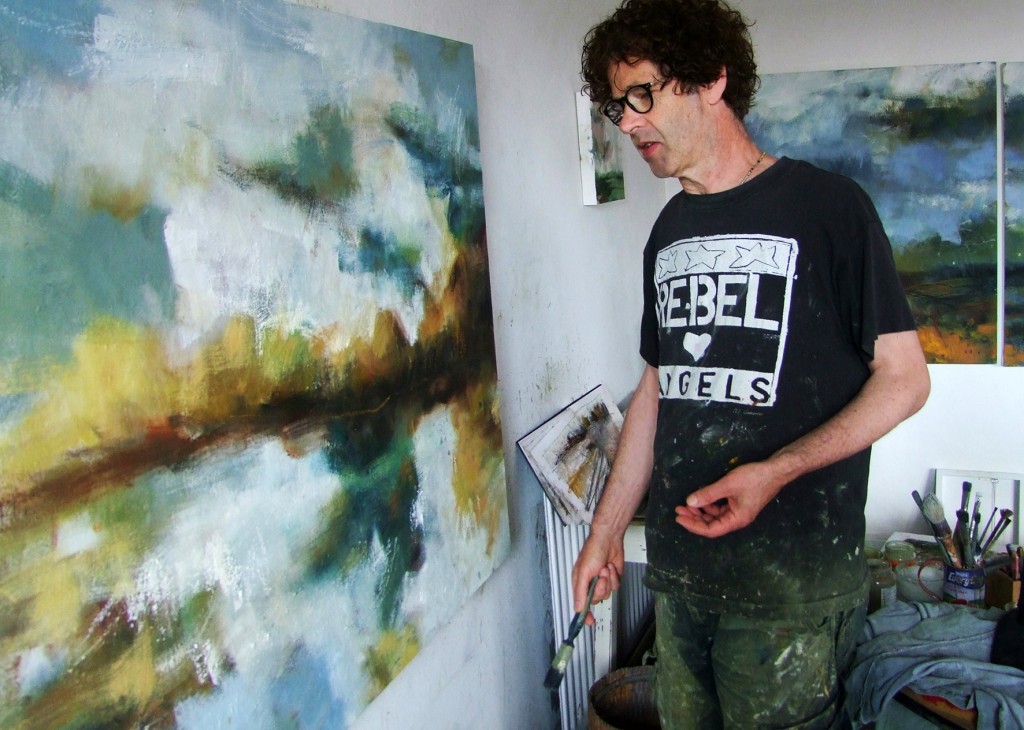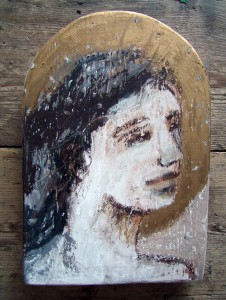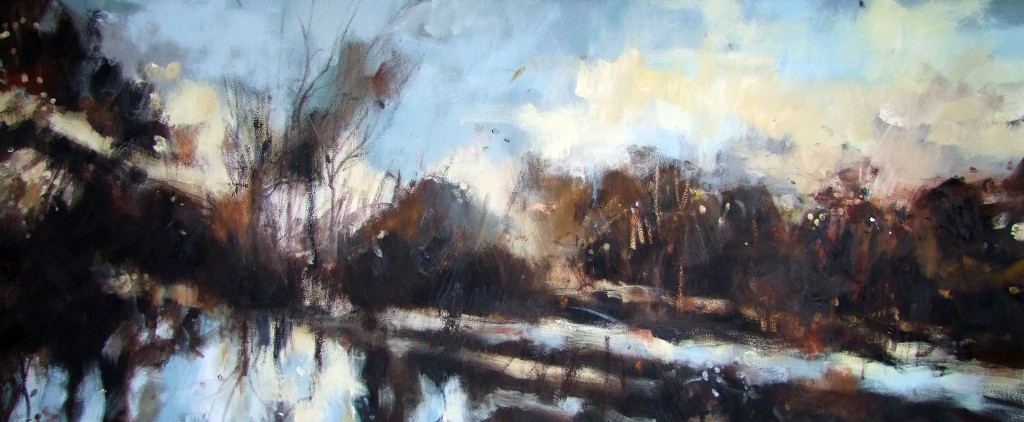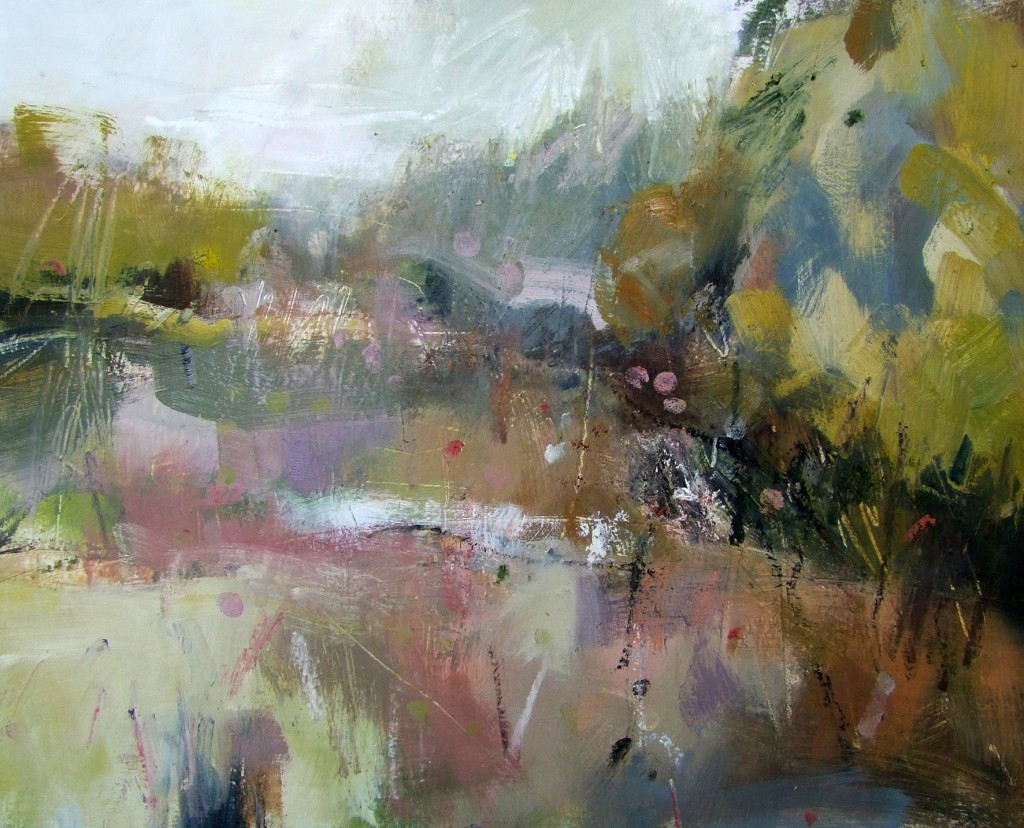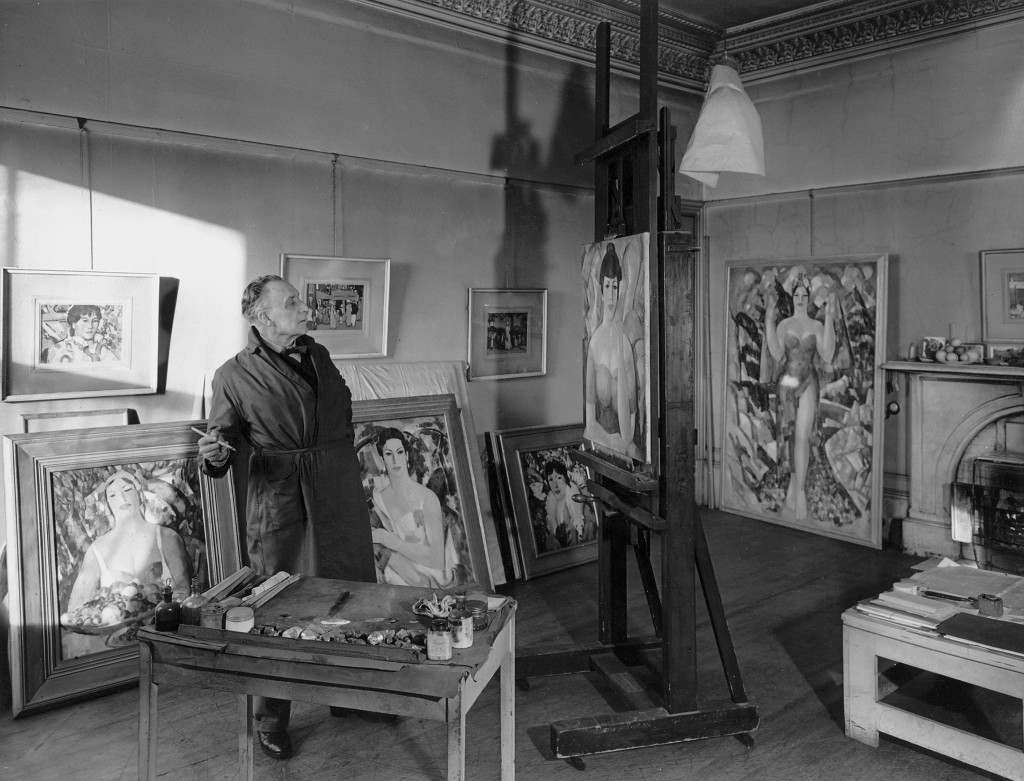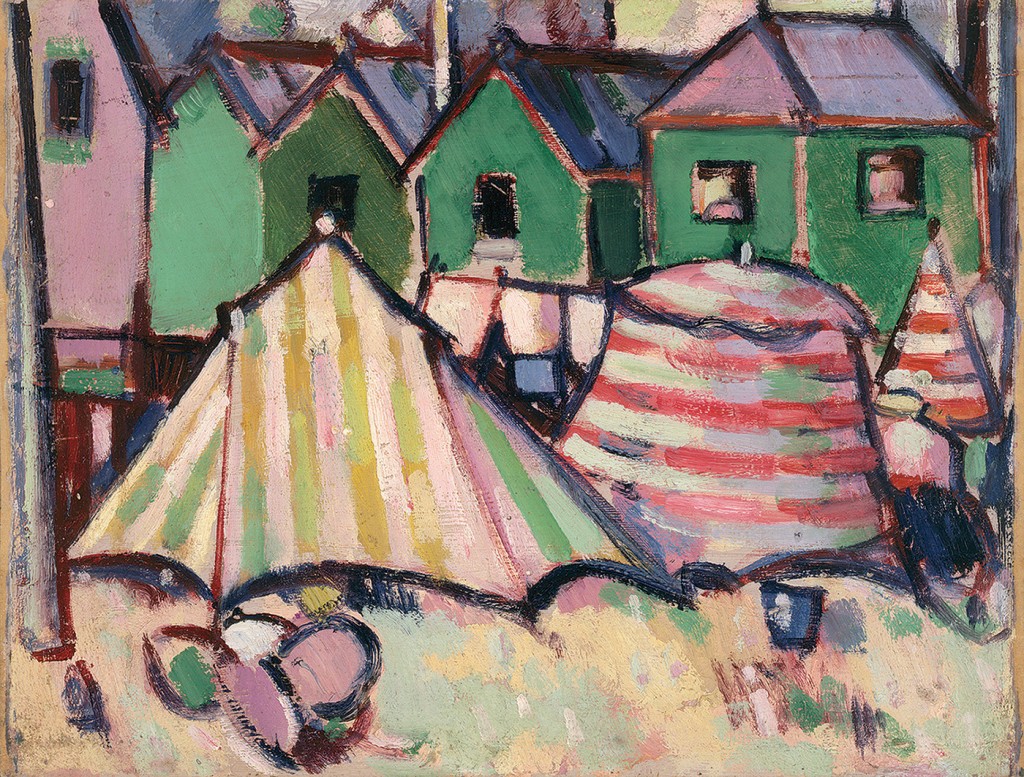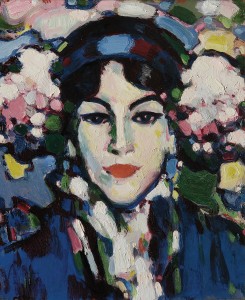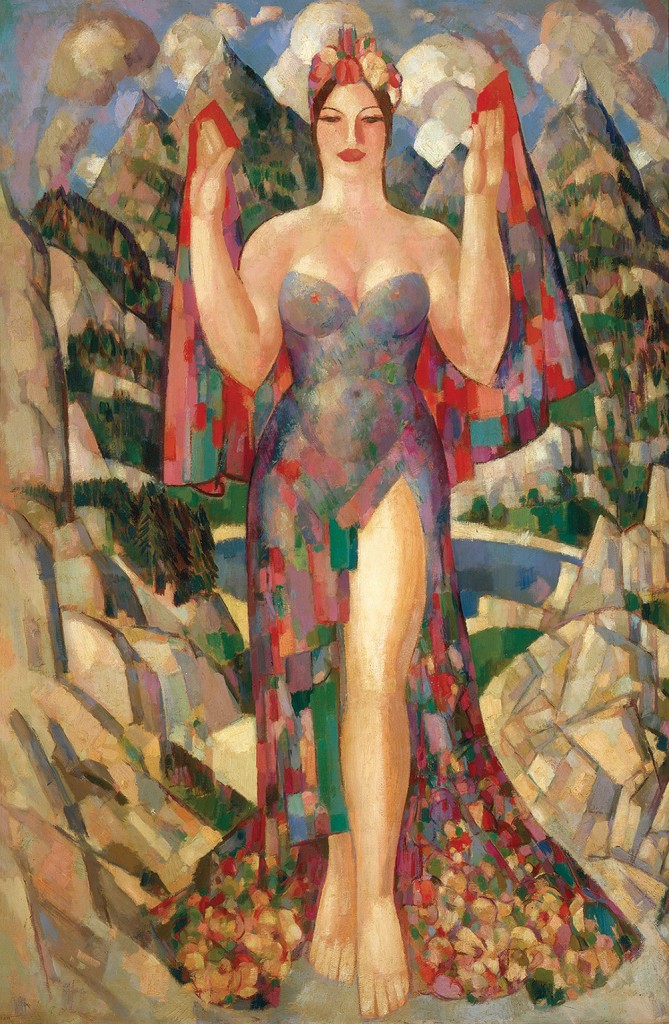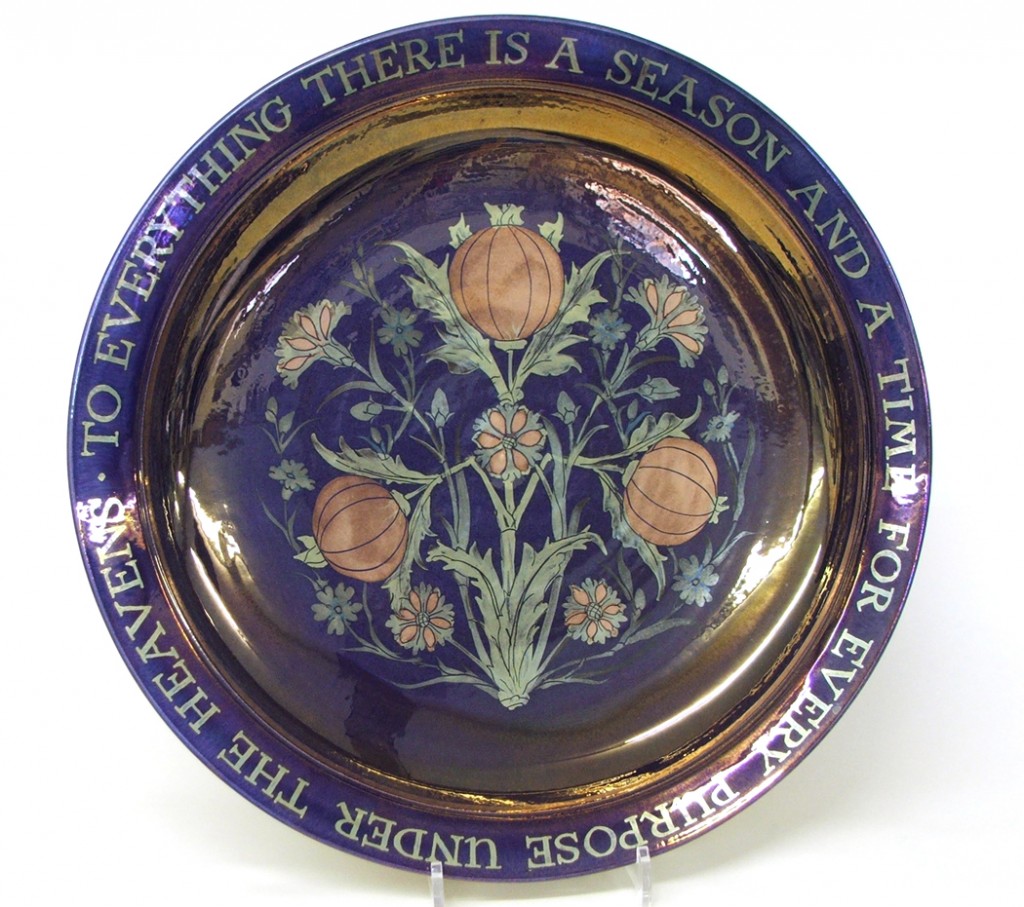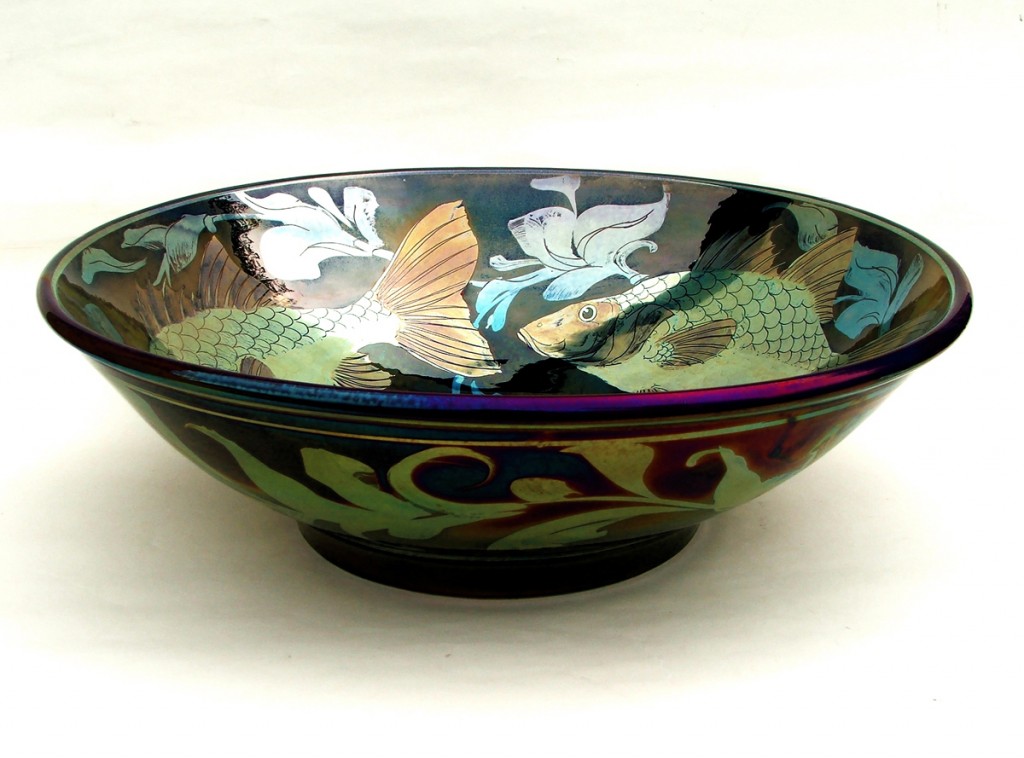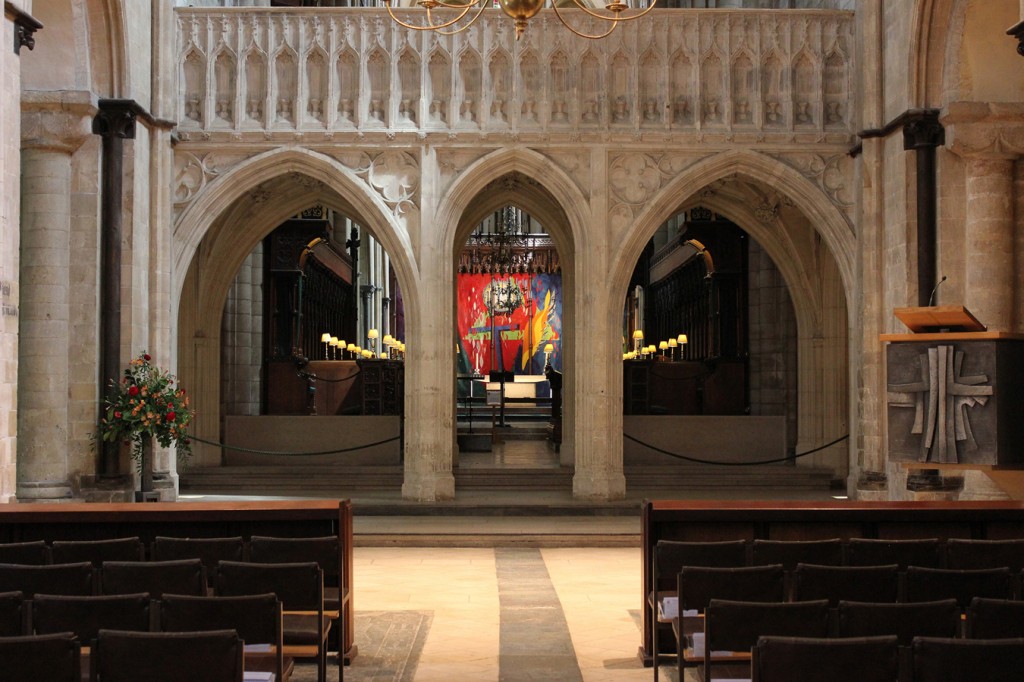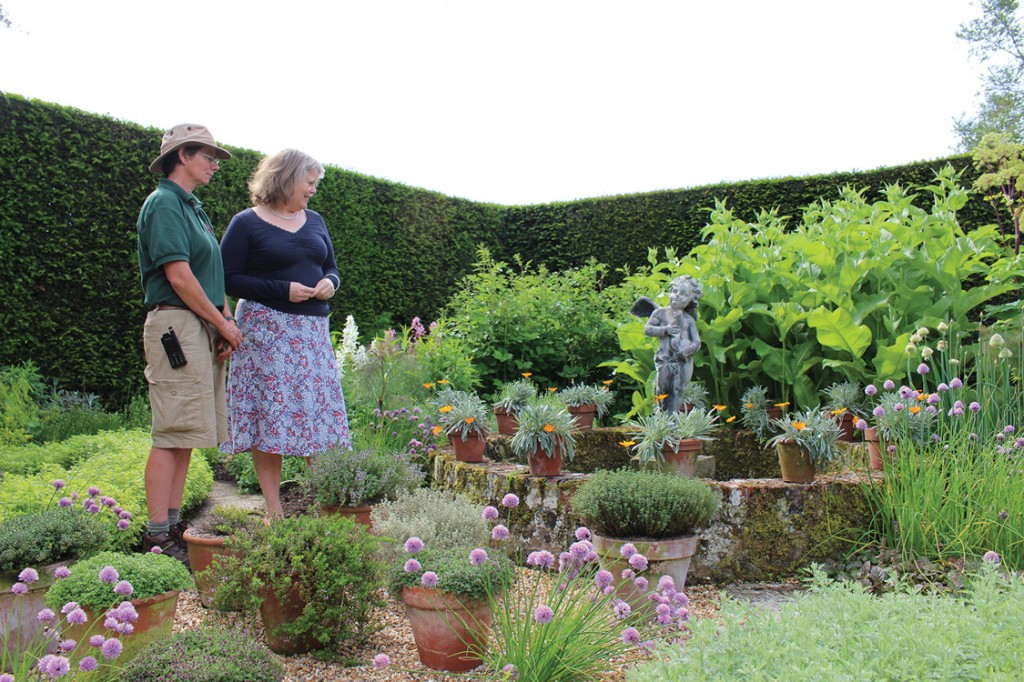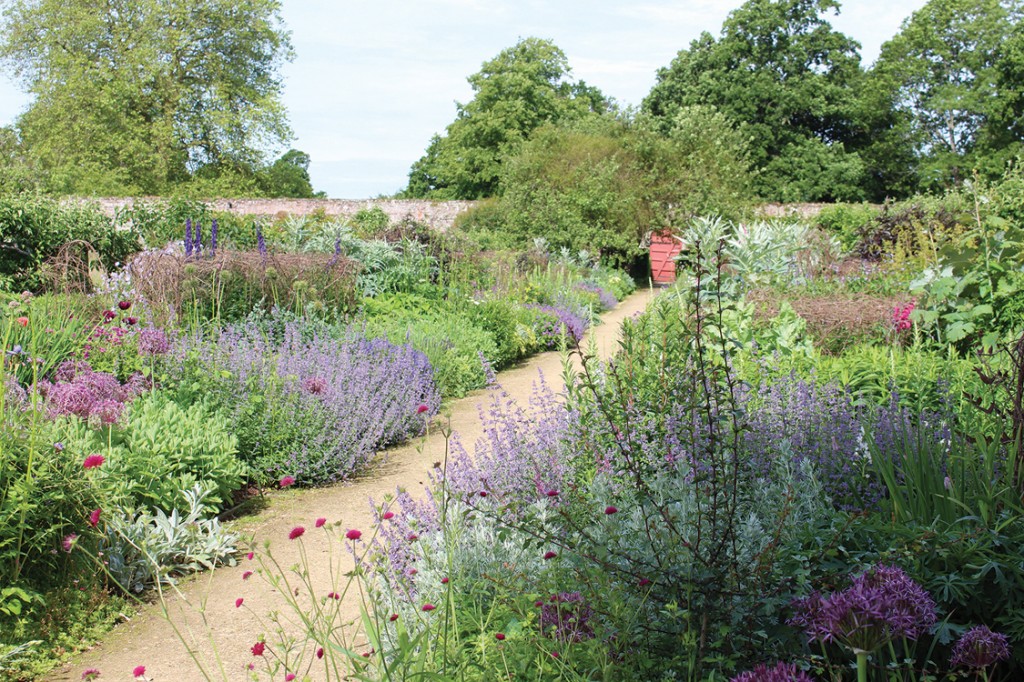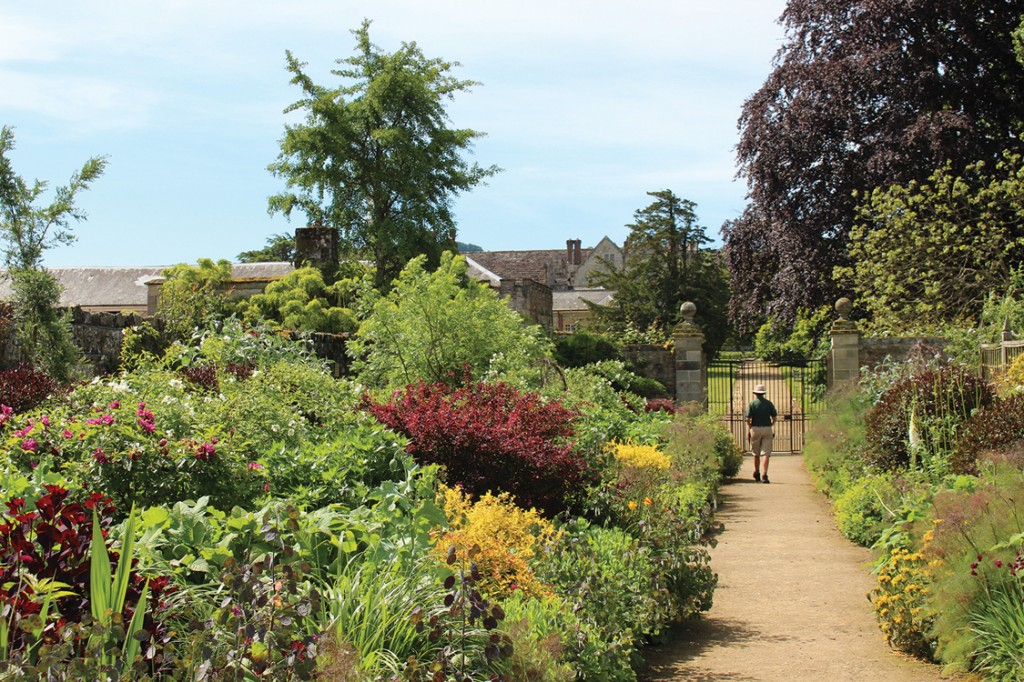
I am always humbled and delighted by the ability of art to transform and enrich our lives. It is for this reason that a team of Toovey’s specialist valuers will be at Pallant House Gallery in Chichester on the afternoon of Monday 29th September 2014, to offer free pre-sale valuations and advice on selling your fine art, antiques and collectables by auction. A third of the seller’s commission for items subsequently auctioned by Toovey’s will be donated to Pallant House to help with the gallery’s important work.
Engaging with art can often reveal to us something of our world beyond our own perception. The process of creating art can enable us to understand something of ourselves, giving voice to where we have come from, where we are and where we would like to be. Pallant House Gallery provides opportunities for art to affect us in both these ways, through its world-class exhibitions, its Learning and Community Programme and its work with the ‘Outside In’ project.
Pallant House has been referred to as ‘a jewel’ and ‘one of the most important galleries for British modern art in the country’. It opened in its present incarnation to national critical acclaim in July 2006. The remarkable £8.6 million build project, which took nearly three years to complete, seamlessly married the original Queen Anne, Grade I listed town-house and the new wing, quadrupling its exhibition space.
Pallant House’s pioneering Learning and Community Programme gives people of all ages and abilities the chance to explore their enjoyment of art. Outside In was founded by the gallery in 2006 with the aim of establishing a platform for artists who have a desire to create but who see themselves as facing a barrier to the art world for reasons including health, disability and social circumstance. The goal of the project is to create an unprejudiced environment which rejects traditional values and institutional judgements about whose work can and should be displayed.
At the heart of Outside In is an avoidance of labelling and there are no set criteria for an artist’s inclusion. Marc Steene, Executive Director at Pallant House Gallery, has spearheaded the project, describing it as a ‘gentle revolution, designed to enable a fairer art world where all who create have an equal opportunity to sit at the table and have their work seen and valued’. In 2013, Outside In won a prestigious Charity Award in the Arts, Culture, and Heritage category.
It is the qualities of community and outreach which lend this fantastic organisation a vibrant quality and give soul to this important regional art gallery.
I will be at Pallant House with a group of fellow Toovey’s experts offering a range of specialisms, including fine paintings and sculpture, European and Oriental ceramics, jewellery and medals, clocks and watches, collectors’ toys, military items and antique firearms and edged weapons. No appointment is necessary; just turn up with your treasures and we will be pleased to provide free auction valuations and advice. If your items are difficult to transport, bring photographs, email images to Toovey’s beforehand or telephone to make an appointment for one of us to visit your home on another day. For more information, please contact Toovey’s.
I am really looking forward to being at Pallant House Gallery, 9 North Pallant, Chichester, PO19 1TJ, on Monday 29th September between 1pm and 5pm. Perhaps your art, antiques and collectables will transform not only your own life but the lives of others through this fundraising event!
By Revd. Rupert Toovey. Originally published on 24th September 2014 in the West Sussex Gazette.
